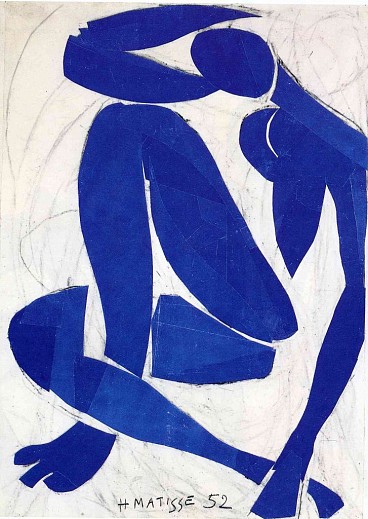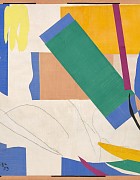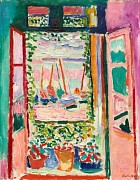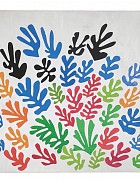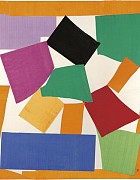A month or so ago if I had been asked to select a word to characterize how I felt about myself and the period of time in which I was living, I think I would have selected the word “Vulnerable.” The word describes my status on a lot of levels. In fact it is descriptive of most people. By all reports we, as citizens of the world, are currently vulnerable to all manner of threats: climate change, racial, social and political unrest, economic uncertainty, a pandemic that refuses to disappear, and one crisis after another. Of course, any one of these threats is unsettling, but it’s the magnitude and rapidity, combination, and mutation of these attacks that are destroying our sense of control and well-being. As a mature functioning adult who chooses to spend a great deal of her time purposefully working both as a gallery/property owner and as a volunteer for several non-profits, I have been feeling infinitely more vulnerable and consequently less in control and secure than I have felt in most of the other chapters of my life.
These past couple of weeks, for the first time in months, I am beginning to experience a welcome shift in my thoughts and emotions. After puzzling about why my personal cloud might be lifting, I have decided that the elevation of my mood is due, in part, to the shapes, sounds, colors, and promise of the changing seasons and the comforts that they bring. The crisp, cool fall air braces me. The simplicity and familiarity of piles of pumpkins, bales of hay and other seasonal decorations are altering my thinking. The sinking feeling of hopelessly being in free fall is being replaced with a primal need to take charge and focus on the people and things I hold dear.
Thinking back over my life I remember another period when I felt vulnerable and believed that my world was falling apart. It was many years ago when I was living in another town and had been admitted to a hospital in critical condition. As I lay fighting for my life, my family and the medical team that attended me asked if there was anything I wanted. I kept trying to communicate that I wanted a book to read. Finally, my mother understood and went to the bookstore and bought two books. She selected a book of Matisse’s work because she knew that the first time I had visited the Met I had purchased a large poster of his painting, “The Open Window.” That poster hung in my room throughout college and graduate school. The other book mother purchased, primarily because it had a large bold type, was a coffee table book of astrology which proved to be extremely helpful during my recovery when I decided to become the hospital’s resident psychic.
Because I was virtually immobile and could not hold a book, two of the hospital residents came to my room after they completed their shift and installed an apparatus over my bed that allowed me to be able to see one of the books at all times. Every person that entered my room was instructed to turn a page in whatever book was on display the images that I remember looking at and dreaming about were the simple, colorful and powerful cut outs of Matisse.
Matisse’s career (b.1869 d.1954) straddled two centuries and he produced excellent art that related to all the prevalent styles, yet his unique personal style remained very independent. He was admired by both Degas and Picasso, who declared him, “The Father of us all.” Matisse was a master painter, designer, engraver, and sculptor. But it was the paper cut outs created in the final years of his life, when he was chair and bedridden, that captured my attention all those years ago. They gave me strength and hope during a very difficult time.
Even now when I look at Matisse’s cutouts, made with two simple materials, white paper and gouache and a pair of scissors, things inside me shift. The cut-outs are childlike and powerful. Perhaps their simplicity of form and purity of color take me back to my childhood when my life was ordered by two loving adults. After all these years, those cutouts still profoundly affect me much as the colors and shapes of Fall are having their effect in restoring my confidence and hope.
In creating these coloured paper cut-outs, I seem to be proceeding happily toward what is prefigured. I have never, I believe, achieved such equilibrium as in these paper cut-outs. But I know that only much later will people realize that what I am doing today is in harmony with the future. - Henri Matisse
Images:
Henri Matisse, "Blue Nude IV," 1952, Gouache on Paper, Cut and Pasted, and Charcoal on White Paper, 40.5" x 29.125" (Pompidou Centre, Paris)
Henri Matisse, "Open Window," 1905, Oil on Canvas, 1' 10" x 1' 6" (Private Collection, National Gallery of Art)
Henri Matisse, "Memory of Oceania," 1952-53, Gouache on Paper, Cut and Pasted, and Charcoal on White Paper,112" x 112.875" (Museum of Modern Art, NY)
Henri Matisse, "The Snail," 192-53, Gouache on Paper, Cut and Pasted, and Charcoal on White Paper, 112.75" x 113" (The Tate Gallery, London)
Henri Matisse, "La Gerbe (The Sheaf), 1953, Gouache on Paper, Cut and Pasted, 62.5" x 136.5" (UCLA Art Galleries, LA)
Download Article (PDF)
Back to Blogs
